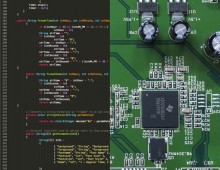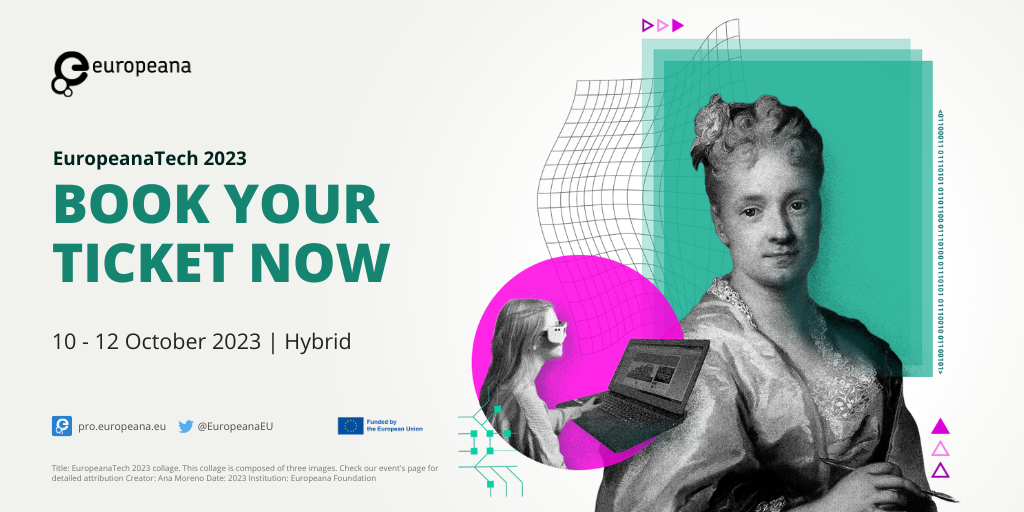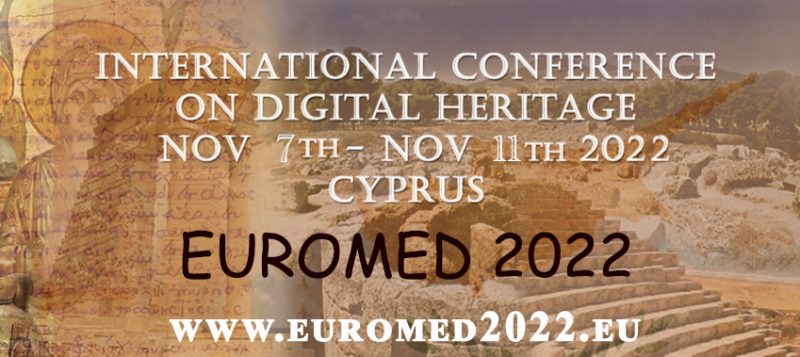
 Call for papers, deadline15th September - event to take place at the FernUniversität in Hagen 23 – 24 November 2023
Call for papers, deadline15th September - event to take place at the FernUniversität in Hagen 23 – 24 November 2023- audiovisual Berlin Brussels call for tender conformance check cultural heritage digital archive digital preservation DPF Manager FFv1 file format validation file formats IPRES MediaArea.net MediaConch open source Open Source Portal open source software PCP PDF/A policy checker PREFORMA standards TIFF VeraPDF
Topic: websites
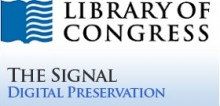
Kate Murray, author for The Signal, the digital preservation blog of the Library of Congress, interviewed MediaConch’s Project Manager Dave Rice and Archivist Ashley Blewer, who explained the aim of the PREFORMA Project and the first results of MediaConch particularly on the standardisation of Matroska & FFv1. Continue reading

Erwin Verbruggen from the Netherlands Institute for Sound and Vision presented PREFORMA at the EBU Open Source Meetup at IBC 2015 in Amsterdam, which featured a series of 5 minutes lightning talks on open source projects and use cases from the broadcast domain. The presentation focused on the media conformance checking of AV files. Continue reading

The Europeana Space project is organising an exciting event about the use and re-use of cultural digital content, in particular dance. An international jury will reward the three best teams with a trip to London for an intensive a Business Model Workshop, where the team with the strongest concept and business model after the Workshop will win a 3-month intensive incubation package to deliver their ideas on the real market. Continue reading

The E-Space creative marketing workshop “Digital Culture, Social Media and Innovation for the Cultural Heritage” is taking place in Pisa on 9 October. It will explore different ways of communicating cultural contents with the use of new media and will show how a greater audience can be reached by combining the power of social media and storytelling. The event, hosted by Fondazione Sistema Toscana in cooperation with Invasioni Digitali, is being held in the framework of the Internet Festival. DigitalMeetsCulture is official media partner. Continue reading

Are you an expert in user engagement with digital heritage? Do you care about the role of digital heritage in the public domain? Are you convinced that “open” means “more impact”? Do you have a cunning business plan with digital heritage? Then submit a proposal for a table session, a workshop, a poster session or an ignite talk within 14 September 2015! Continue reading
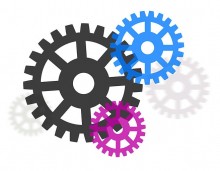
On 1st October 2015, in Granada, European projects RICHES, E-Space, Civic Epistemologies, PREFORMA and the international association Photoconsortium were invited in a panel organised by Promoter SRL under the title “From Digitisation to Preservation, Creative Re-use of Cultural Content and Citizen Participation”. … Continue reading






